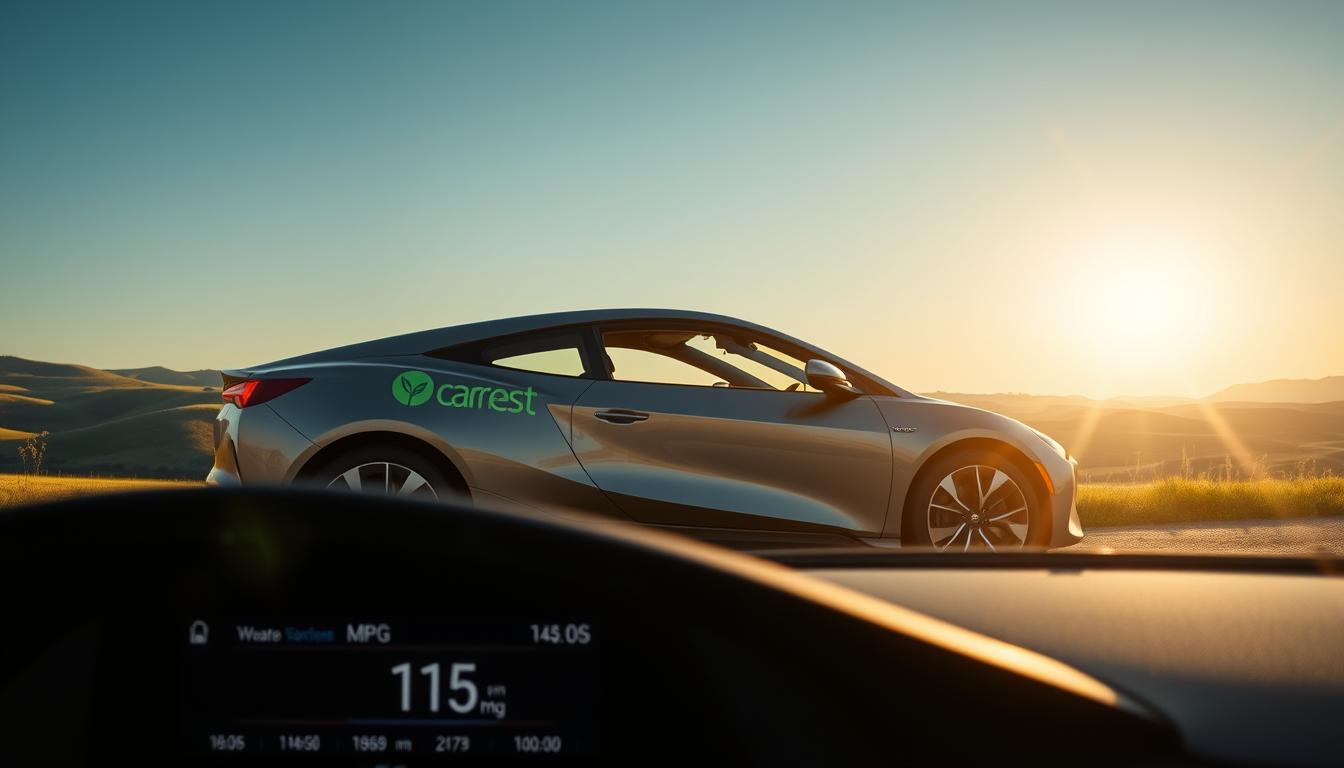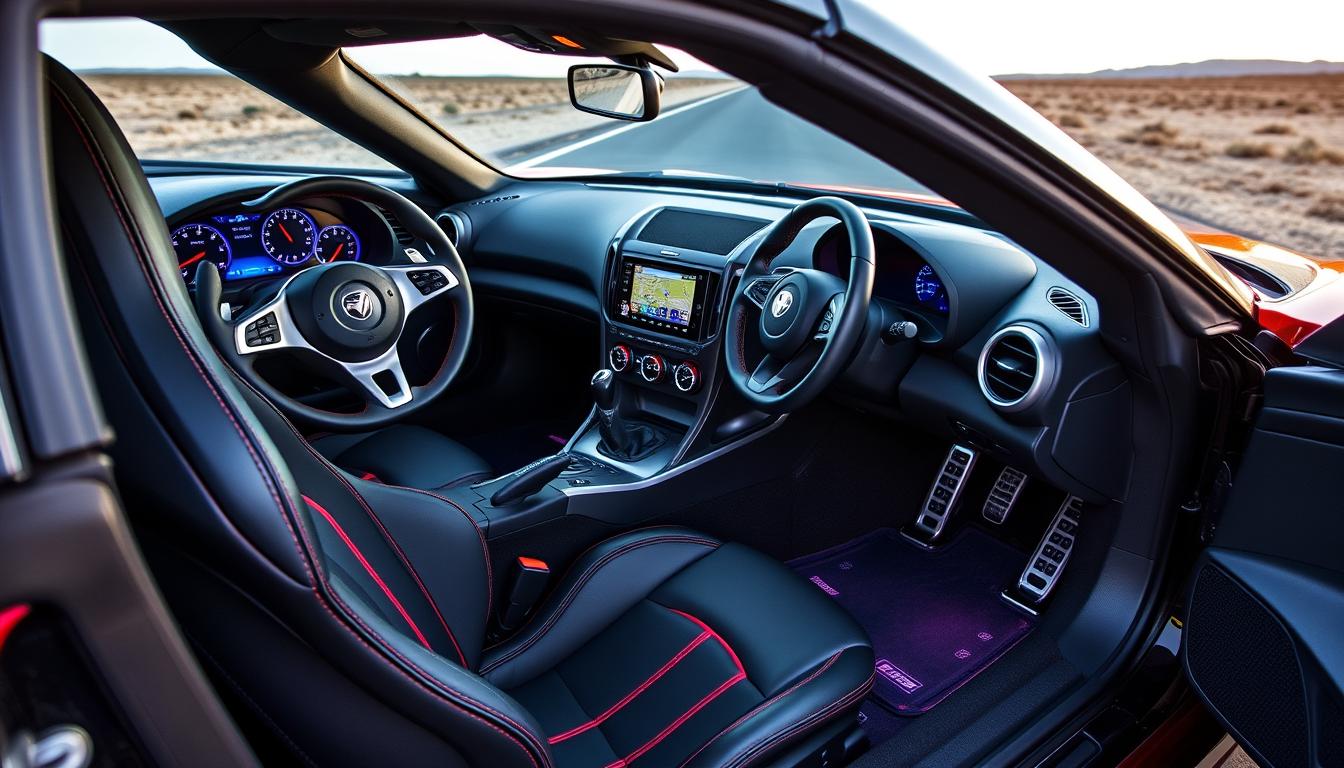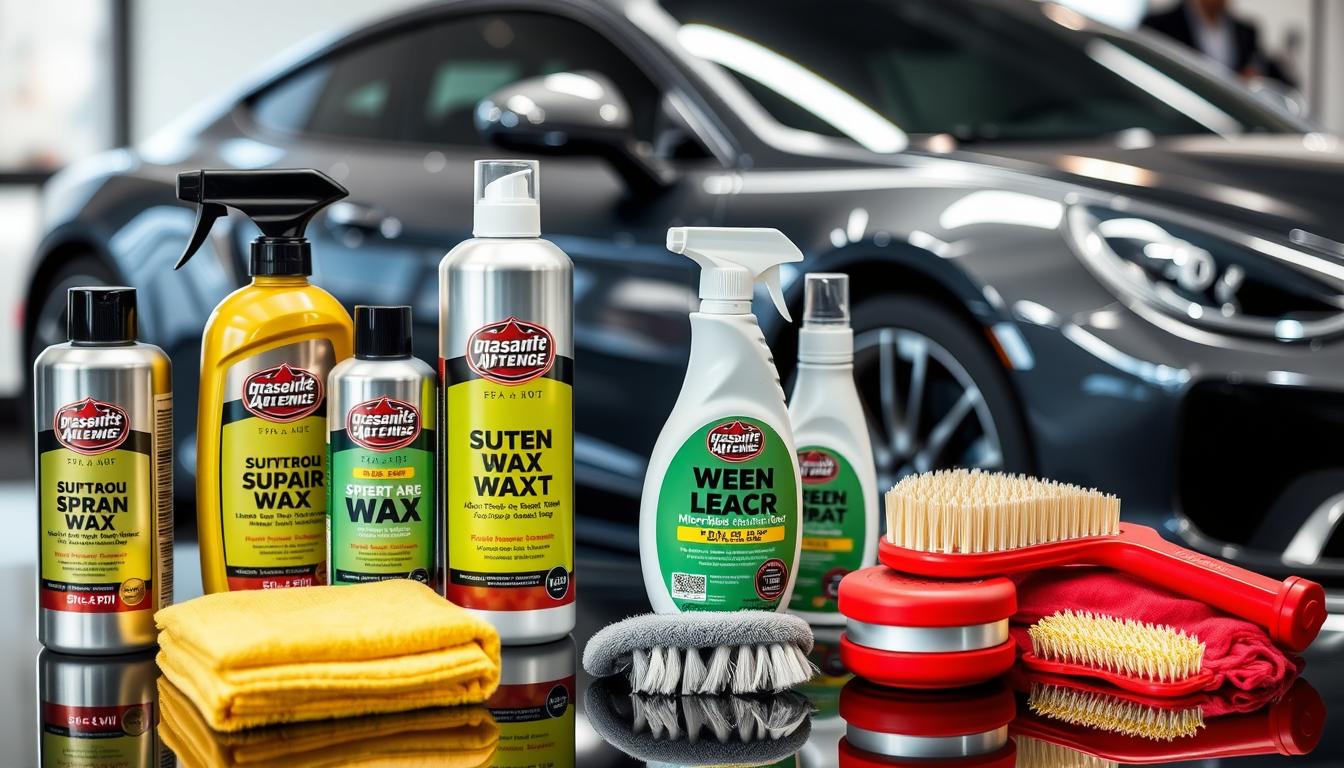Rising gas prices have made fuel efficiency a top priority for many drivers. With the average driver potentially saving hundreds of dollars annually, even small improvements can make a significant difference.
Understanding the impact of your driving habits on fuel consumption is the first step toward maximizing your vehicle’s efficiency. Simple changes can lead to substantial savings at the pump.
We’ll explore practical strategies to improve your gas mileage and reduce unnecessary expenses. By implementing these tips, you can enjoy a more cost-effective driving experience.
Key Takeaways
- Simple steps can significantly improve your vehicle’s fuel efficiency.
- Understanding your driving habits is crucial for maximizing gas mileage.
- Small improvements in fuel efficiency can lead to substantial savings.
- Practical strategies can be applied to any vehicle type.
- Improving gas mileage can reduce your environmental footprint.
The Impact of Fuel Efficiency on Your Wallet and the Environment
Improving your vehicle’s fuel efficiency can have a dual benefit, saving you money at the pump and reducing your carbon footprint. By making a few simple changes, you can significantly impact both your wallet and the environment.
Economic Benefits: Saving Money at the Pump
One of the most immediate benefits of improving your car’s fuel efficiency is the money you’ll save on gasoline. When your vehicle burns fuel more efficiently, you need to fill up less often, leading to lower fuel consumption and significant savings over time. This is especially beneficial for those with long commutes or who frequently drive long distances.
Environmental Advantages of Using Less Fuel
By increasing your fuel efficiency, you’re also doing your part to reduce emissions and pollution. When your car burns fuel more efficiently, it produces less carbon dioxide and other harmful pollutants that contribute to climate change and air pollution. Some key environmental benefits include:
- Reducing your carbon footprint by producing fewer carbon dioxide emissions per gallon of gasoline burned.
- Decreasing the amount of nitrogen oxides, carbon monoxide, and unburned hydrocarbons that contribute to smog formation and poor air quality.
- Contributing to national emission reduction goals by lowering overall fuel consumption across millions of vehicles.
By making these changes, you not only save money but also play a crucial role in protecting the environment and combating global warming.
How to Boost Your Car’s Fuel Efficiency Through Smarter Driving
Smarter driving habits can significantly improve your car’s fuel efficiency. By adopting a few simple strategies, you can save money on fuel and reduce your environmental impact.
Gentle Acceleration and Maintaining Steady Speeds
One of the most effective ways to improve fuel efficiency is by accelerating gently and maintaining steady speeds. Sudden acceleration can lower your gas mileage by up to 40% in city driving and 25% on the highway. Using cruise control on the highway can help maintain a consistent speed, which is especially useful for long trips.
Most vehicles achieve optimal fuel efficiency when traveling between 50 and 80 km/h. Above this range, fuel consumption increases exponentially with speed. For instance, driving at 120 km/h uses about 20% more fuel than driving at 100 km/h.
Anticipating Traffic and Strategic Coasting
Anticipating traffic conditions and coasting strategically can also improve fuel efficiency. By looking ahead and easing off the accelerator when approaching red lights or congested areas, you can reduce the need for sudden braking and acceleration. This not only saves fuel but also reduces wear on your car’s engine.
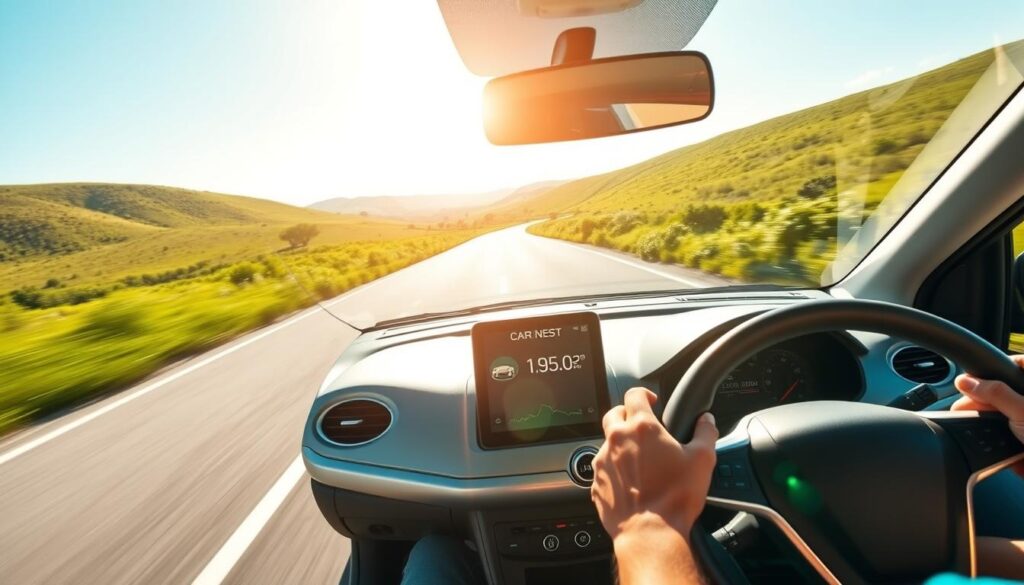
Finding the Optimal Speed for Maximum MPG
Finding the optimal speed for your car is crucial for maximizing fuel efficiency. Most cars are most fuel-efficient between 45-65 mph. Driving above this range increases aerodynamic drag, which decreases fuel efficiency. For every 5 mph driven over 50 mph, fuel efficiency decreases, effectively costing an additional $0.20-$0.30 per gallon.
| Speed (mph) | Fuel Efficiency (mpg) | Additional Cost per Gallon |
|---|---|---|
| 50 | 30 | $0.00 |
| 55 | 28 | $0.20 |
| 60 | 25 | $0.30 |
| 65 | 22 | $0.40 |
By understanding how speed affects fuel efficiency, you can make informed decisions about your driving habits to save on fuel costs.
Essential Maintenance Practices for Better Gas Mileage
To maximize your car’s fuel efficiency, regular maintenance is not just recommended, it’s essential. By following a routine maintenance schedule, you can ensure your vehicle runs more efficiently and produces fewer greenhouse gas emissions.
Monitoring Tire Pressure for Optimal Performance
Proper tire pressure is crucial for fuel efficiency. Underinflated tires can lead to increased rolling resistance, which forces your engine to work harder and consume more fuel. Using a digital tire pressure gauge can help you maintain the optimal pressure.
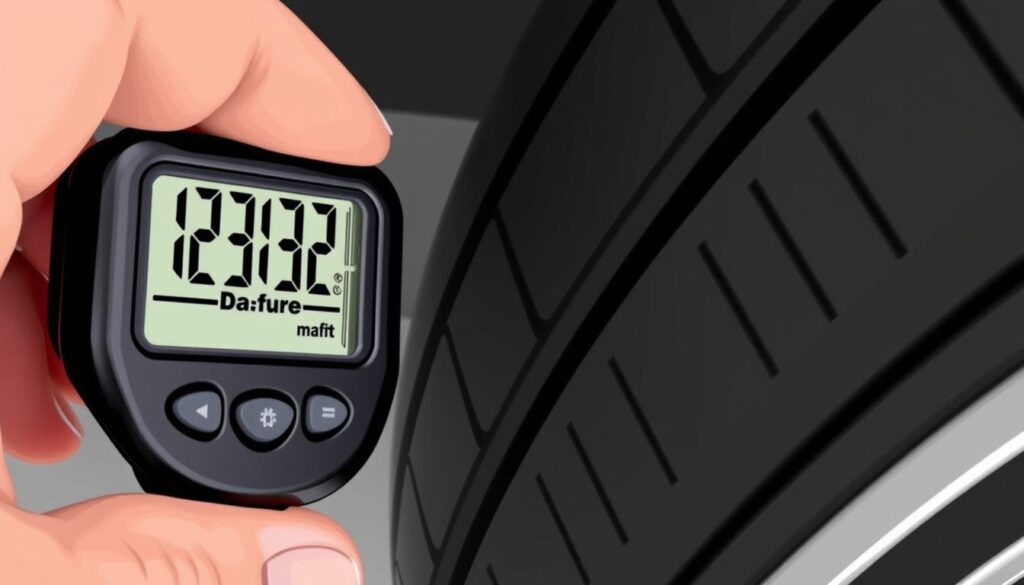
Regular Engine Tune-ups and Filter Replacements
Regular engine tune-ups and replacing air filters are vital for maintaining your car’s fuel efficiency. A well-maintained engine ensures that your car runs smoothly and consumes less fuel. Schedule regular tune-ups with certified service experts at your local dealership to replace air filters, change oil, and rotate tires.
Fluid Checks and System Maintenance
Regular fluid checks are essential for your car’s overall performance and fuel efficiency. This includes checking transmission fluid, brake fluid, and coolant levels. Using the wrong grade of motor oil or transmission fluid can reduce fuel economy by 1-2%. Moreover, brake drag from improperly maintained brake systems can create resistance that your engine must overcome, reducing fuel efficiency.
- Check transmission fluid, brake fluid, and coolant levels regularly.
- Use the manufacturer-specified grade of motor oil and transmission fluid.
- Ensure regular tire rotations for even wear and optimal rolling resistance.
- Maintain a properly functioning cooling system to prevent engine overheating or overcooling.
Weight Reduction and Aerodynamic Improvements
Enhancing your vehicle’s fuel efficiency involves making strategic adjustments to its weight and aerodynamics. By implementing a few simple changes, you can significantly improve your car’s MPG.
Removing Unnecessary Items from Your Vehicle
One of the simplest ways to improve your car’s fuel efficiency is by reducing unnecessary weight. Remove any items from your vehicle that are not needed for your journey. This could include tools, sports equipment, or luggage that’s been left behind.
Minimizing Drag with Proper Equipment Choices
Aerodynamic drag can significantly impact your fuel consumption, especially at highway speeds. According to research, roof-mounted cargo boxes can reduce fuel efficiency by 8% to 25%. To minimize drag, consider the following tips:
- Remove roof racks and cargo boxes when not in use to reduce aerodynamic drag.
- Opt for rear-mounted cargo carriers, which have a lesser impact on fuel efficiency.
- Keep windows closed at highway speeds to improve aerodynamics.
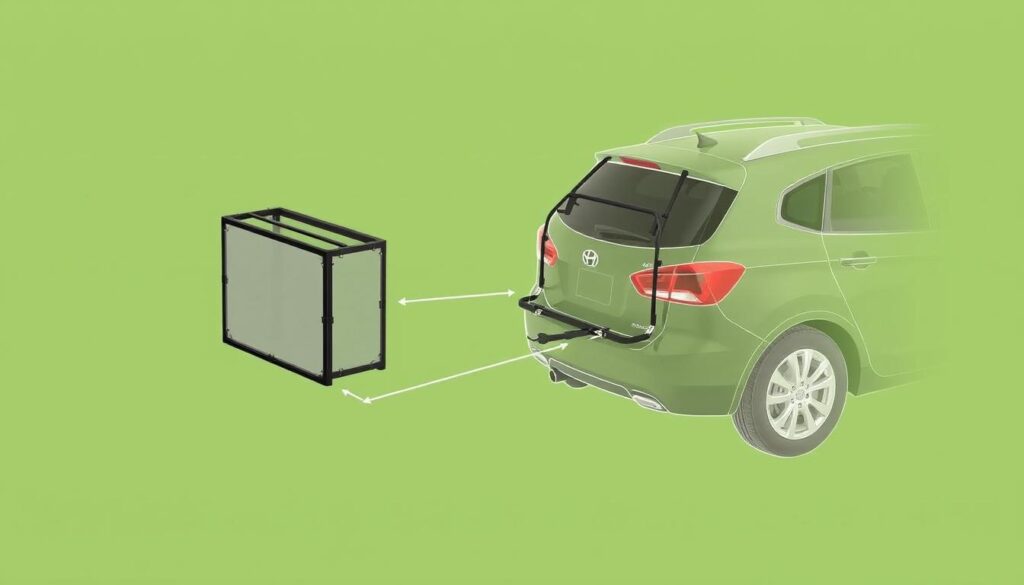
Advanced Solutions: Performance Parts for Increased MPG
Beyond basic maintenance, upgrading to performance parts can significantly improve your vehicle’s fuel economy and overall performance. By focusing on specific components that influence fuel efficiency, car owners can enjoy better mileage without sacrificing the driving experience.
Air Intake Systems and Exhaust Modifications
Upgrading your vehicle’s air intake system and exhaust can lead to noticeable improvements in fuel economy. High-performance air intake systems are designed to draw in cooler air more efficiently, potentially increasing fuel efficiency by ensuring the engine gets the air it needs without excessive strain. Similarly, exhaust modifications can reduce backpressure, allowing the engine to operate more efficiently.
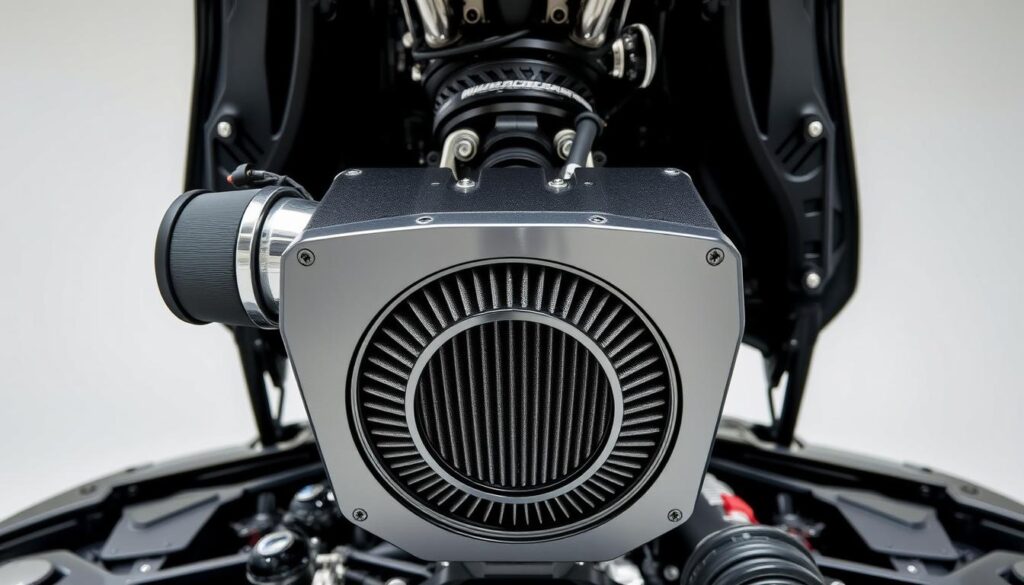
Fuel Delivery Upgrades and Engine Management
Enhancing fuel delivery and engine management systems is another effective way to boost MPG. Fuel injectors and engine management tuners can optimize the fuel-to-air ratio, ensuring that the engine runs as efficiently as possible. These upgrades can lead to better combustion, reduced waste, and ultimately, improved fuel economy.
Specialized Tires and Aerodynamic Add-ons
Specialized tires, such as low rolling resistance tires, can improve fuel economy by reducing the friction between the tires and the road surface. Aerodynamic add-ons like front air dams and rear spoilers can also reduce drag at highway speeds, potentially improving fuel economy. For trucks and SUVs, tonneau covers can significantly improve aerodynamics.
- Low rolling resistance tires can improve fuel economy by 1-4%.
- Aerodynamic add-ons can improve fuel economy by 2-5% at highway speeds.
- Tonneau covers for trucks and SUVs can improve fuel economy by up to 7%.
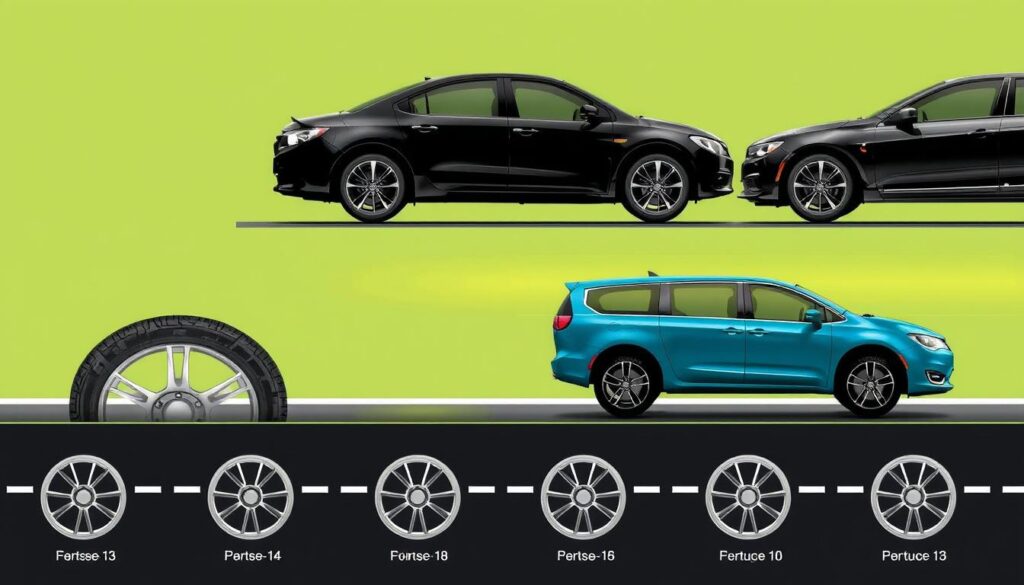
Conclusion: Implementing Your Fuel-Saving Strategy
By implementing the strategies outlined in this guide, you can significantly improve your vehicle’s fuel efficiency and enjoy a range of benefits, from cost savings to a reduced environmental impact.
Start by adjusting your driving habits, such as maintaining a steady speed and anticipating traffic, to improve fuel economy immediately without any investment. Regular maintenance, like monitoring tire pressure and replacing filters, also plays a crucial role in optimizing gas mileage.
Combining multiple approaches, such as removing unnecessary weight and planning your trips efficiently, can yield compounding benefits, with potential fuel economy improvements of 15-30%. For personalized advice, contact us via WhatsApp at +44-7822010953. By implementing these strategies, you can save hundreds of dollars annually while extending your vehicle’s life and reducing wear and tear. This not only helps during times of fluctuating gas prices but also contributes to a safer and more attentive driving experience.
